Home>Dining>Tableware>Classification Of Cups And Glasses Used For Drinking In Tableware
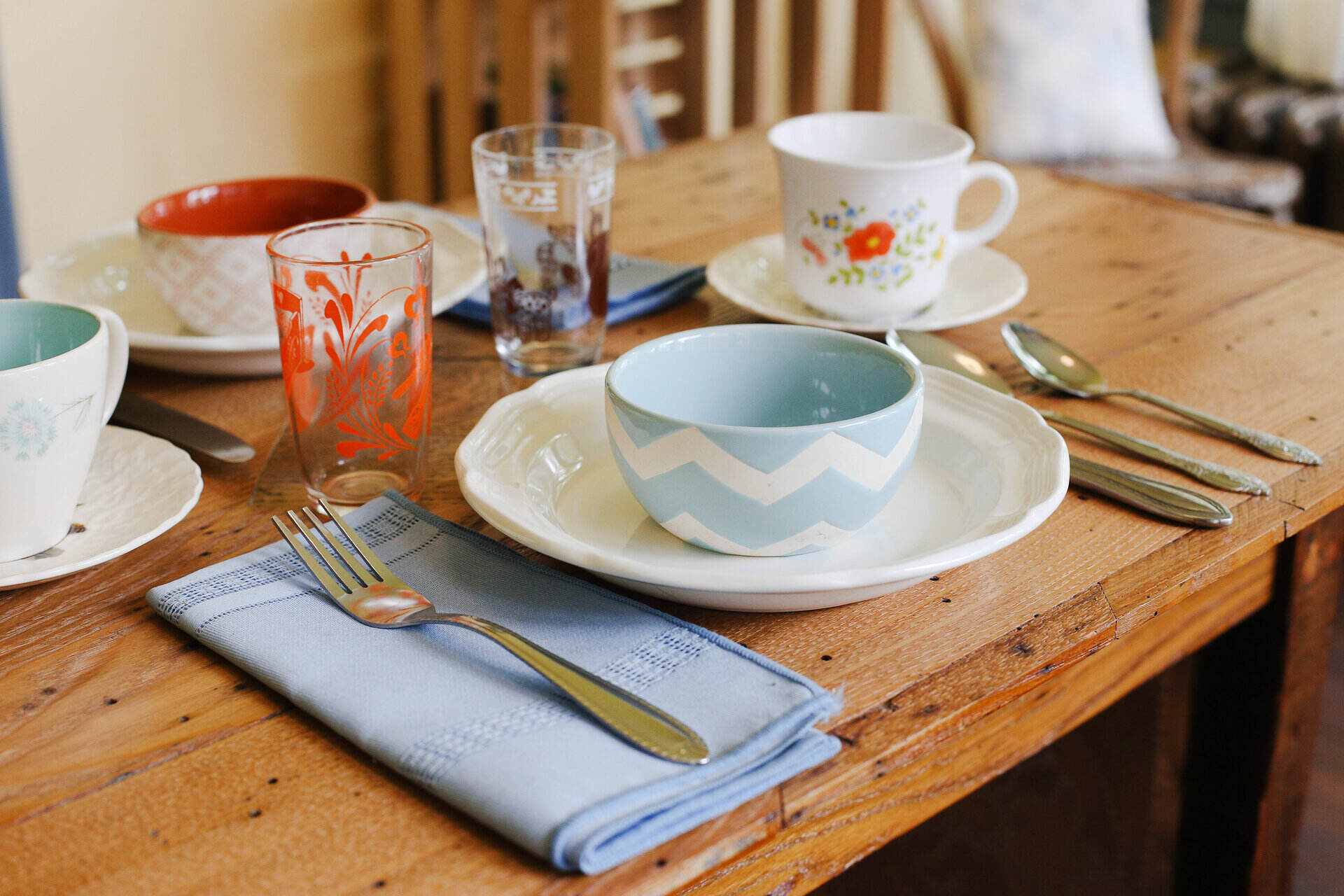

Tableware
Classification Of Cups And Glasses Used For Drinking In Tableware
Modified: October 28, 2024
Discover the wide range of cups and glasses used for drinking in tableware. Explore the classification of these essential items for your dining experience.
(Many of the links in this article redirect to a specific reviewed product. Your purchase of these products through affiliate links helps to generate commission for Storables.com, at no extra cost. Learn more)
Introduction
Welcome to the fascinating world of tableware! When it comes to enjoying a nice beverage, the type of cup or glass you use can significantly enhance your drinking experience. From sipping a cup of hot coffee in the morning to toasting with a tall glass of champagne to celebrate special occasions, the right tableware can make all the difference.
In this article, we will dive into the classification of cups and glasses used for drinking in tableware. Whether you’re a seasoned connoisseur or simply looking to upgrade your collection, understanding the various types available will help you make informed choices that suit your personal preferences and the occasion at hand.
Both cups and glasses serve the primary purpose of holding liquid for drinking, but they differ in certain aspects. Cups are typically used for hot beverages like tea or coffee, while glasses are commonly used for cold drinks like water, juice, or alcoholic beverages. With this distinction in mind, let’s explore the different types of cups and glasses in the world of tableware.
Key Takeaways:
- Elevate your drinking experience by choosing the right cup or glass based on material, shape, size, function, and beverage type. From comforting mugs to elegant wine glasses, tableware can enhance every sip.
- Whether it’s a cozy mug of coffee or a sophisticated wine glass, the right tableware can add style and elevate the flavors and aromas of your favorite beverages. Consider material, shape, and function for an enhanced drinking experience.
Cups
Cups are an essential part of any tableware collection, especially when it comes to enjoying a comforting hot beverage. They come in various sizes, shapes, materials, and designs, each catering to different preferences and occasions. Here are some popular types of cups:
- Mugs: Mugs are large, sturdy, and often have handles for easy grip. They are perfect for serving hot drinks like coffee, tea, or hot chocolate. Mugs also come in different materials such as ceramic, porcelain, or even stainless steel, allowing you to choose what suits your style and preference.
- Teacups: Teacups are smaller and more delicate compared to mugs. They are often accompanied by saucers and are commonly used for serving tea. Teacups can be made of fine bone china, porcelain, or glass, adding an elegant touch to your tea-drinking experience.
- Espresso cups: Espresso cups are specifically designed to serve single shots of concentrated coffee. They are small in size and have a thick wall to retain heat. Typically made from ceramic or porcelain, espresso cups are perfect for savoring the rich flavors and aromas of freshly brewed espresso.
- Cappuccino cups: Cappuccino cups are larger than espresso cups and often have wider rims. They are designed to hold the perfect ratio of espresso, steamed milk, and frothy milk foam that characterizes a cappuccino. Cappuccino cups can be made from ceramic, porcelain, or glass, and their larger size allows for a more enjoyable coffee-drinking experience.
- Travel cups: For those on the go, travel cups are a convenient option. They are designed to keep hot beverages hot and cold beverages cold, making them ideal for commuters or travelers. Travel cups often come with lids and are crafted from materials like stainless steel or BPA-free plastic to ensure durability and insulation.
Each type of cup mentioned above has its own unique features and attributes, allowing you to choose the one that best suits your needs. Whether you prefer the classic elegance of a teacup or the robustness of a mug, the right cup can enhance the enjoyment of your favorite hot beverage.
Glasses
Glasses are a staple in any tableware collection, particularly for serving cold beverages. They come in various shapes, sizes, and materials, offering a wide range of options to suit different preferences and occasions. Here are some popular types of glasses:
- Tumblers: Tumblers are versatile and sturdy glasses that are perfect for everyday use. They typically have a wide, flat base and straight sides, making them ideal for serving water, juice, soda, or any other refreshing beverage. Tumblers can be made from glass or durable materials like acrylic, making them a practical and durable choice.
- Highball glasses: Highball glasses are tall and slender with a wide rim. They are commonly used for serving mixed drinks like cocktails or spirits with mixers, such as a refreshing Gin and Tonic. Highball glasses allow for the addition of ice and garnishes, enhancing both the visual appeal and taste of the drink. These glasses can be made from glass or crystal, adding a touch of elegance to any occasion.
- Wine glasses: Wine glasses are specifically designed for enjoying the flavors and aromas of wine. There are different types of wine glasses, including those for red wine, white wine, and sparkling wine. Red wine glasses have a larger bowl to allow the wine to breathe, while white wine glasses have a smaller bowl to preserve the wine’s temperature. Sparkling wine glasses, such as champagne flutes, are tall and narrow to maintain the effervescence of the bubbles. Wine glasses can be made from glass or crystal, with delicate stems that add an air of sophistication.
- Cocktail glasses: Cocktail glasses come in various shapes and designs, each serving a specific purpose. Martini glasses are iconic with their wide, cone-shaped bowls that enhance the visual appeal of the cocktail. Another popular cocktail glass is the Margarita glass, which has a wide rim to accommodate salt or sugar garnishes. From Old Fashioned glasses to Collins glasses, there is a wide range of cocktail glasses to suit different mixed drink recipes.
- Shot glasses: Shot glasses are small glasses used for serving straight liquor or for enjoying shots. They come in various shapes and sizes, from traditional short and squat designs to taller, slender styles. Shot glasses are perfect for enjoying a quick drink or for measuring out precise amounts of alcohol for cocktails.
Each type of glass mentioned above has its own unique features and suitability for specific beverages. From the simplistic design of a tumbler to the elegance of a wine glass, the right glass can enhance the presentation and enjoyment of your favorite cold drinks.
Different Types of Cups and Glasses
When it comes to cups and glasses used in tableware, there is a vast array of options available. From traditional designs to modern innovations, each type offers its own unique characteristics and purpose. Let’s explore some of the different types of cups and glasses commonly found:
- Mugs: Mugs are large, sturdy cups with handles, designed for enjoying hot beverages like coffee, tea, or hot chocolate. They are available in various materials, including ceramic, porcelain, and even stainless steel. Mugs provide ample space for generous servings and are perfect for cozying up with your favorite warm drink.
- Teacups: Teacups are smaller and more delicate than mugs and are often accompanied by saucers. They are typically made from fine bone china, porcelain, or glass, adding elegance to tea-drinking experiences. Teacups allow for smaller, measured servings of tea and are commonly used during formal tea ceremonies or afternoon tea gatherings.
- Espresso cups: Espresso cups are specifically designed to hold single shots of concentrated coffee. They are small in size and have thick walls to retain heat. Typically made from ceramic or porcelain, espresso cups are crafted to enhance the flavors and aromas of freshly brewed espresso, allowing you to enjoy the rich intensity of this beloved beverage.
- Cappuccino cups: Cappuccino cups are larger than espresso cups and often have wider rims. They are specifically designed to accommodate the perfect ratio of espresso, steamed milk, and frothy milk foam found in a cappuccino. Available in ceramic, porcelain, or glass, cappuccino cups make for an enjoyable coffee-drinking experience.
- Tumblers: Tumblers are versatile and sturdy glasses that are suitable for everyday use. They are commonly used for serving water, juice, soda, or any other refreshing beverage. Tumblers have a wide, flat base and straight sides, making them practical and easy to handle.
- Highball glasses: Highball glasses are tall and slender with a wide rim. They are ideal for serving mixed drinks like cocktails or spirits with mixers, such as a refreshing Mojito or a classic Highball. The height and shape of highball glasses allow for the addition of ice and garnishes, enhancing both the visual appeal and taste of the drink.
- Wine glasses: Wine glasses are specifically designed to enhance the flavors and aromas of wine. Different types of wine glasses cater to specific varieties of wine, including red wine, white wine, and sparkling wine. From the wide bowl of a red wine glass to the narrow flute of a champagne glass, wine glasses are crafted to bring out the unique characteristics of each wine.
- Cocktail glasses: Cocktail glasses come in various shapes and designs to suit different cocktails. Martini glasses, for example, have wide, cone-shaped bowls that showcase the elegance of a well-prepared martini. Margarita glasses feature a wide rim to accommodate salt or sugar garnishes. From Old Fashioned glasses to Collins glasses, there is a cocktail glass for every type of mixed drink.
- Shot glasses: Shot glasses are small glasses used for serving straight liquor or for enjoying shots. They come in various sizes and designs, from traditional short and squat shapes to taller, slender ones. Shot glasses are perfect for quick drinks or for measuring out precise amounts of alcohol for cocktails.
Whether you’re enjoying a hot cup of coffee in a mug, sipping a refreshing cocktail from a stylish glass, or savoring the flavors of wine in a specialized wine glass, the wide variety of cups and glasses available ensures that there is something to suit every taste and occasion.
Classification based on Material
When it comes to cups and glasses, the material used to craft them plays a significant role in their appearance, durability, and suitability for different occasions. Here are some common classifications based on material:
- Glass: Glass cups and glasses are a popular choice due to their transparency, allowing you to appreciate the colors and clarity of the beverages. They are also versatile and can be used for serving a wide variety of drinks. Glassware comes in different thicknesses and styles, ranging from delicate crystal to more durable everyday glass.
- Ceramic: Ceramic cups and mugs are favored for their durability and heat retention properties. They are often glazed for a smooth and colorful finish. Ceramic tableware includes materials like porcelain and stoneware, which offer a wide range of designs and styles, from classic to contemporary.
- Porcelain: Porcelain cups and teacups are known for their delicate and elegant appearance. They are made from a fine clay material fired at high temperatures to create a smooth, non-porous surface. Porcelain is often used for formal occasions and tea ceremonies due to its refined beauty.
- Bone China: Bone china cups and teacups are the epitome of luxury and elegance. They are made by combining bone ash, china clay, and feldspathic material. Bone china is renowned for its thin, translucent quality and delicate patterns. It is considered to be the highest quality of porcelain.
- Stainless Steel: Stainless steel cups and tumblers are highly durable and resistant to breakage. They are ideal for outdoor use, picnics, or camping trips. Stainless steel is also a popular choice for travel cups, as it keeps beverages hot or cold for extended periods.
- Crystal: Crystal glasses are prized for their exceptional clarity, brilliance, and thinness. They are made of high-quality glass with a lead content, giving them a distinctive sparkle and enhanced light refraction. Crystal glasses are often used for serving wine or fine spirits, adding a touch of sophistication to any occasion.
- Acrylic: Acrylic cups and glasses are lightweight, durable, and shatterproof. They are a practical choice for outdoor gatherings, poolside parties, or homes with young children. Acrylic tableware comes in various colors and styles, offering a fun and vibrant alternative to traditional materials.
Each material brings its own unique characteristics to cups and glasses, allowing you to choose the one that best suits your preferences, the occasion, and your lifestyle. Whether you prefer the elegance of crystal, the durability of stainless steel, or the versatility of glass, the material selection can greatly enhance your drinking experience.
When classifying cups and glasses for drinking, consider the material (glass, ceramic, plastic), size (capacity), shape (tumbler, goblet, mug), and purpose (water, wine, coffee). This will help you choose the right type for your tableware collection.
Read more: How To Store Drinking Glasses
Classification based on Shape and Design
The shape and design of cups and glasses not only contribute to their visual appeal but also influence the way we drink and enjoy our beverages. Here are some common classifications based on shape and design:
- Tapered: Tapered cups and glasses have a narrow top and a wider base. This shape allows for easy gripping and enhances the concentration of aromas for a more flavorful drinking experience. Tapered glasses are commonly used for serving whiskey or brandy, allowing the drinker to savor the nuanced aromas and flavors of these fine spirits.
- Wide-mouthed: Wide-mouthed cups and glasses have a broader opening, providing ample space for ice, garnishes, and enjoying the aroma of the beverage. This shape is often used for cocktails, allowing for a well-balanced combination of flavors and easy sipping. Margarita glasses are a classic example of wide-mouthed glasses, perfect for showcasing the vibrant colors and layers of the cocktail.
- Tall and narrow: Tall and narrow glasses, such as champagne flutes, are designed to preserve the effervescence of sparkling wines and champagne. The elongated shape helps to maintain the bubbles and directs the aromas towards the nose, enhancing the overall experience of enjoying these celebratory beverages.
- Bulbous: Bulbous glasses have a rounded shape with a wider body, allowing for generous servings and the addition of mixers or garnishes. Highball glasses are a popular example of bulbous glasses, ideal for serving mixed drinks or cocktails with ice and various layers of ingredients.
- Handle: Cups and mugs with handles provide a comfortable grip and prevent heat from transferring to the hands. Handles are a common feature in mugs, allowing for easy holding while enjoying hot beverages like coffee or tea. They also add a classic and traditional touch to the overall design of the cup.
- Saucers: Some cups, particularly teacups, are accompanied by saucers. Saucers not only serve as a stable base for the cup but also provide a place to rest your teaspoon or a small snack. The design of saucers often complements the overall aesthetic of the cup, adding elegance and sophistication to tea-serving rituals.
- Elegant stemware: Wine glasses, particularly those used for red and white wines, often feature long, elegant stems. The stem allows for holding the glass without affecting the temperature of the wine. Additionally, it adds a touch of refinement to wine-drinking experiences.
The shape and design of cups and glasses play a crucial role in enhancing the pleasure of drinking. Whether it’s the specialty shape of a whiskey glass or the elegant stemware of a wine glass, choosing the right shape and design can significantly enhance the overall sensory experience.
Classification based on Size
When it comes to cups and glasses, size matters. The size of a cup or glass can influence the serving portion, the visual appeal, and the overall drinking experience. Here are some common classifications based on size:
- Small: Small cups and glasses are typically used for serving concentrated drinks or for those who prefer smaller portions. Examples include espresso cups, shot glasses, and small cocktail glasses. These small-sized vessels are perfect for enjoying intense flavors or for serving smaller, measured quantities of beverages.
- Medium: Medium-sized cups and glasses are versatile and can be used for a wide range of beverages. Tumbler glasses, teacups, and regular-sized cocktail glasses fall into this category. They offer a balanced serving size that is suitable for everyday use and can accommodate various drink types.
- Large: Large cups and glasses are designed for generous servings and are ideal for those who prefer more substantial portions. Mugs, highball glasses, and wine glasses fall into this category. These larger vessels allow for a more extensive drink volume, providing a satisfying drinking experience.
- Miniature: Miniature cups and glasses are tiny versions of their regular counterparts. They are commonly used for decorative purposes, serving samples, or for specialized occasions. Miniature wine glasses, shot glasses, or teacups can add a cute and unique touch to events or be collectors’ items for enthusiasts.
- Jumbo: Jumbo-sized cups and glasses are larger than the average size and are often used for sharing beverages or creating dramatic presentations. They can be used for oversized cocktails, super-sized margaritas, or novelty items like giant beer mugs. Jumbo-sized glasses create a sense of fun and make a statement during social gatherings or themed parties.
The size of a cup or glass can determine the amount of liquid it can hold, the portion size, and the overall aesthetic appeal. Whether you prefer the petite charm of a miniature glass or the substantial capacity of a jumbo-sized vessel, the size classification allows for a diverse array of options to suit your needs and preferences.
Classification based on Function
Cups and glasses not only serve as vessels for holding beverages but also have specific functions and purposes. Understanding the different classifications based on function can help you choose the right cup or glass for specific needs. Here are some common classifications based on function:
- Everyday Use: Everyday use cups and glasses are practical and durable, designed for frequent use in daily routines. They are versatile and typically made from materials like glass, ceramic, or stainless steel. These cups and glasses are suitable for serving water, juice, coffee, or any other beverage you enjoy on a regular basis.
- Hot Beverages: Cups designed for hot beverages, such as coffee or tea, have features to retain heat and provide a comfortable drinking experience. They are often made from materials like ceramic or porcelain, which help to insulate the beverage. These cups may also come with handles for easy grip and are perfect for enjoying your favorite hot drinks.
- Cold Beverages: Glasses designed for cold beverages, like water, juice, or cocktails, are typically made from materials that are resistant to condensation, such as glass or acrylic. They may also have wide mouths to accommodate ice cubes and garnishes. These glasses are ideal for keeping your cold drinks refreshing and visually appealing.
- Specialty Drinks: Some cups and glasses are designed specifically for certain types of beverages or cocktails. Examples include martini glasses, margarita glasses, or wine glasses. These specialty glasses are crafted to enhance the flavors, aromas, and visual presentation of the respective drinks, making them a must-have for cocktail enthusiasts or wine connoisseurs.
- Travel: Travel cups and glasses are designed for on-the-go use, offering convenience and portability. They are usually made from durable materials like stainless steel or BPA-free plastic and feature insulated walls to keep beverages hot or cold for extended periods. Travel cups often come with spill-proof lids, making them ideal for commuters or travelers.
- Formal Occasions: Cups and glasses used for formal occasions, such as fine dining or special events, often have elegant and sophisticated designs. They may be made from materials like crystal or bone china, featuring exquisite craftsmanship and intricate details. These cups and glasses elevate the dining experience and add a touch of elegance to formal gatherings.
Understanding the specific function a cup or glass is designed for can help you make the right choice based on your needs and the occasion. Whether it’s for everyday use, hot beverages, cold drinks, specialty cocktails, travel convenience, or formal settings, selecting the appropriate cup or glass enhances the overall drinking experience.
Classification based on Beverage Type
Cups and glasses are often classified based on the type of beverage they are intended for. Different beverages have unique characteristics that can be enhanced by the right cup or glass. Here are some common classifications based on beverage type:
- Coffee: Coffee cups, such as mugs or espresso cups, are designed to enhance the aroma and flavor of coffee. Mugs are typically used for larger servings of coffee, while espresso cups are small and designed to hold the concentrated shot of espresso. These cups are often made of ceramic or porcelain to retain heat and provide an enjoyable coffee-drinking experience.
- Tea: Teacups, accompanied by saucers, are specifically designed for enjoying tea. They have a delicate and elegant design, often made of porcelain or bone china to enhance the refinement of tea-drinking rituals. The size and shape of teacups allow for sipping small quantities of tea, allowing the flavors to be savored.
- Water and Soft Drinks: Tumblers are the go-to choice for serving water, soft drinks, or any other non-alcoholic beverages. They have a simple and versatile design, accommodating various drink types and serving sizes. Tumblers can be made of glass, acrylic, or other durable materials, making them suitable for everyday use.
- Spirits and Cocktails: Specialty glasses are designed for serving spirits and cocktails. Short glasses, like Old Fashioned glasses or whiskey glasses, are suitable for sipping spirits neat or on the rocks. Tall and slender glasses, such as highball glasses or Collins glasses, are commonly used for serving mixed drinks and cocktails with a larger volume of ice and additional ingredients.
- Wine: Wine glasses are classified based on the type of wine they are meant for. Red wine glasses typically have wider bowls to allow the wine to breathe and release its aromas. White wine glasses have smaller bowls to preserve the wine’s temperature. Sparkling wine glasses, like champagne flutes, have narrow and elongated shapes to maintain the effervescence and showcase the bubbles.
- Beer: Beer glasses come in different shapes and styles, depending on the type of beer they are designed for. Pint glasses, for example, are commonly used for serving lagers and ales. Tulip glasses, on the other hand, are suitable for aromatic beers like IPAs and Belgian ales. Each beer style has its own specific glassware that enhances the aroma, appearance, and overall drinking experience.
By categorizing cups and glasses based on the type of beverage they are intended for, you can select the appropriate vessel to truly enjoy and appreciate the specific characteristics and qualities of each drink. Whether it’s coffee, tea, water, spirits, wine, or beer, the right cup or glass can enhance the flavors, aromas, and visual appeal of your favorite beverages.
Read more: How To Use Japanese Tableware
Conclusion
Cups and glasses are not just mere vessels for holding beverages; they play a vital role in enhancing our drinking experiences. The world of tableware offers a wide variety of cups and glasses, each with its own unique characteristics, material choices, shapes, sizes, functions, and suitability for different types of beverages.
From the comforting embrace of a warm mug of coffee to the sparkling elegance of a champagne flute, choosing the right cup or glass can elevate your drinking experience and add a touch of style to any occasion. Whether you’re enjoying a hot beverage or sipping a refreshing cocktail, the selection of the right tableware can enhance the flavors, aromas, and overall enjoyment of your favorite drinks.
Understanding the classification of cups and glasses based on material, shape and design, size, function, and beverage type allows us to make informed choices that meet our personal preferences, occasion requirements, and style preferences. Whether you prefer the classic elegance of porcelain teacups for afternoon tea or the versatility of tumblers for everyday use, there is a cup or glass to suit every taste and need.
So, the next time you reach for a cup or glass, take a moment to consider the material, shape, size, and function that will enhance your drinking experience. Whether it’s a hot cup of coffee to start your day or a celebratory toast with a wine glass, let your choice of tableware elevate every sip and bring joy to your drinking moments.
Remember, the right cup or glass can transform a simple beverage into a truly delightful experience.
Frequently Asked Questions about Classification Of Cups And Glasses Used For Drinking In Tableware
Was this page helpful?
At Storables.com, we guarantee accurate and reliable information. Our content, validated by Expert Board Contributors, is crafted following stringent Editorial Policies. We're committed to providing you with well-researched, expert-backed insights for all your informational needs.
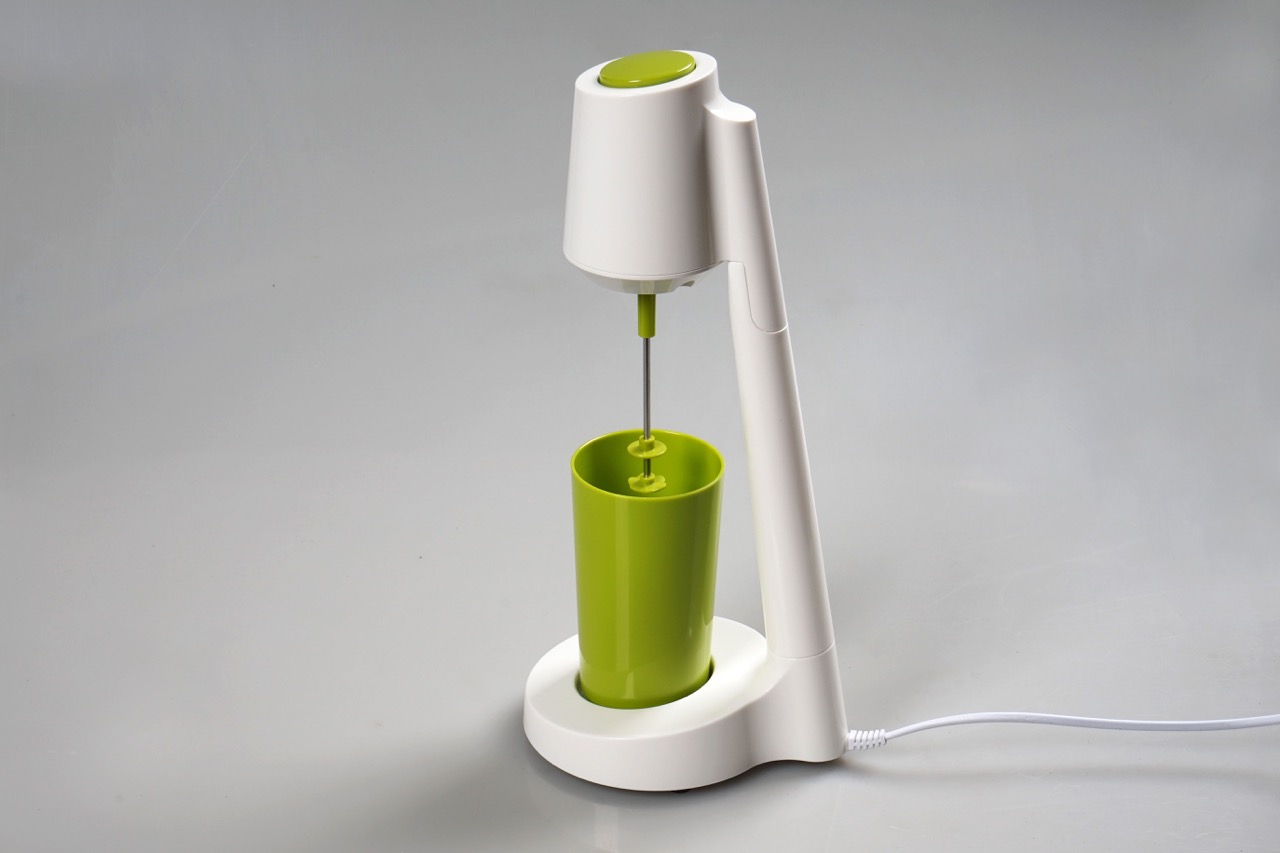
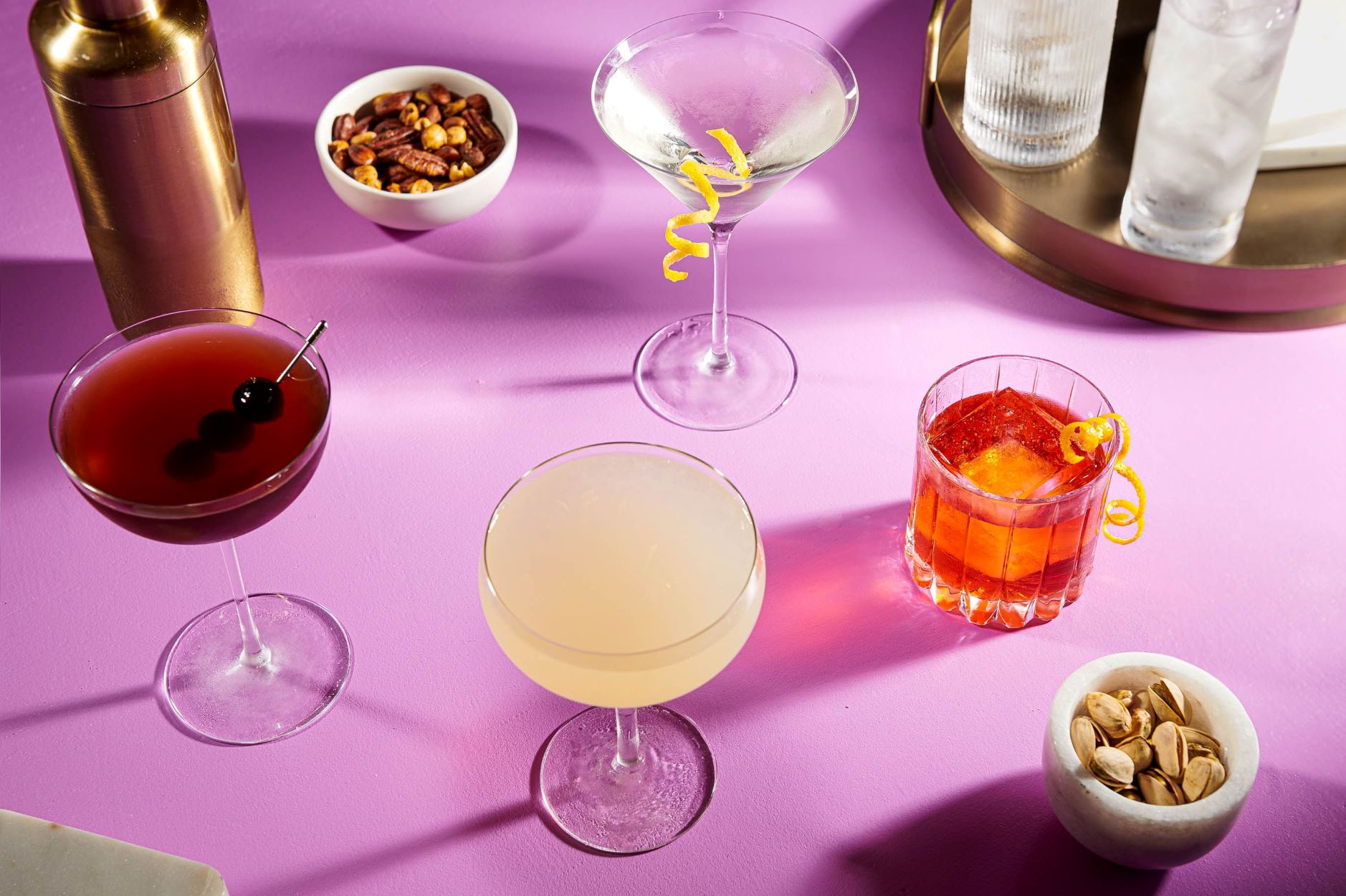

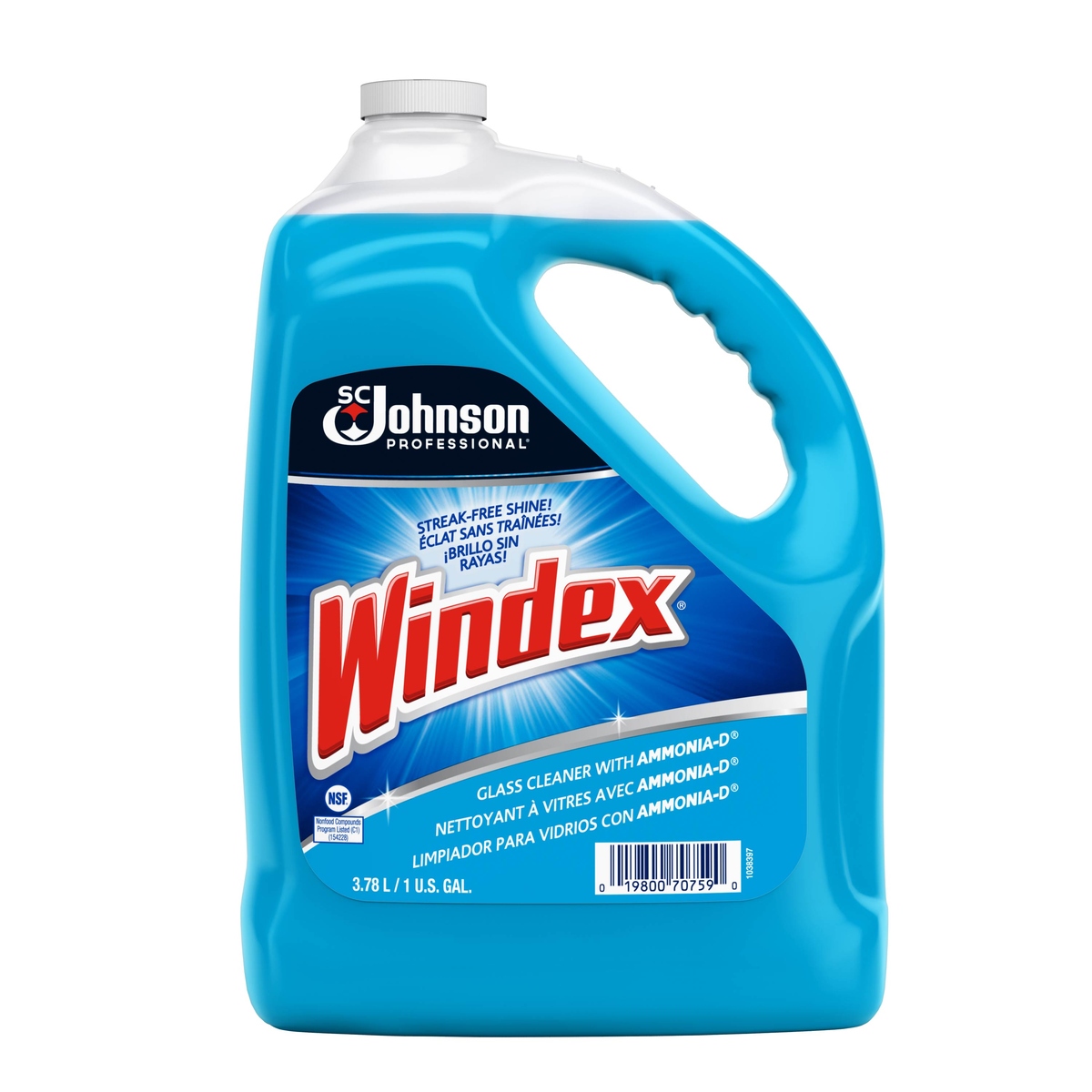
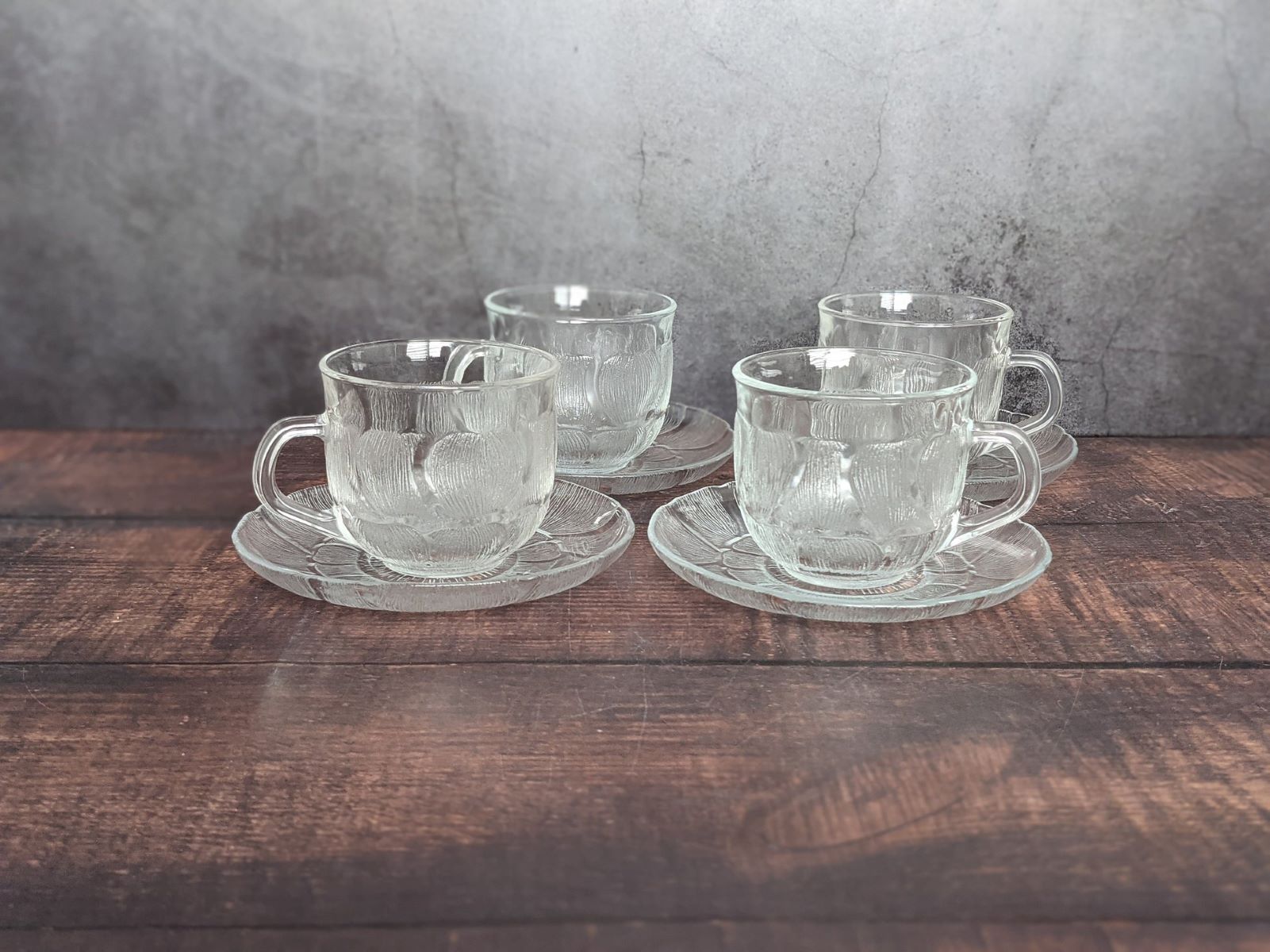
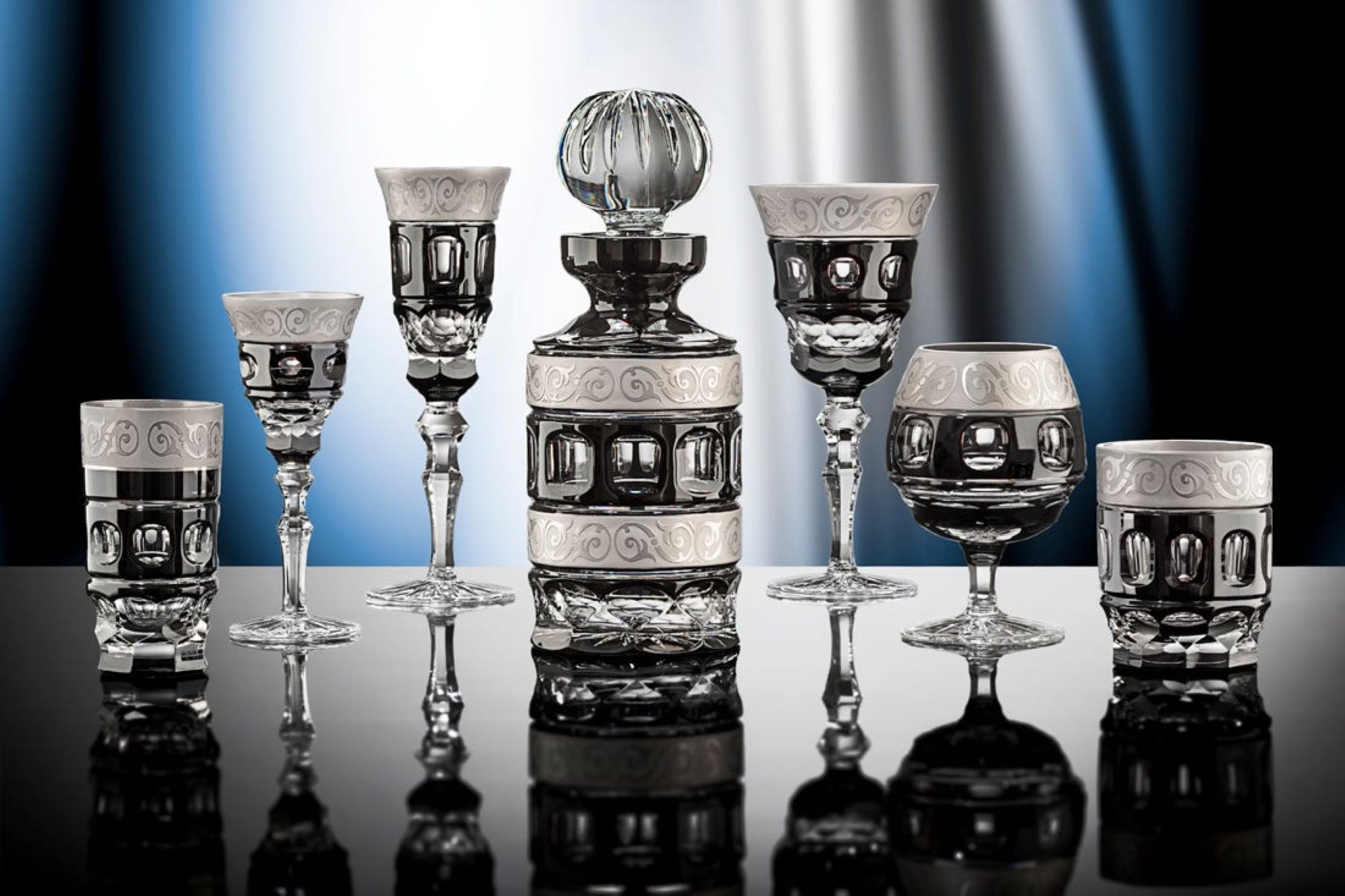
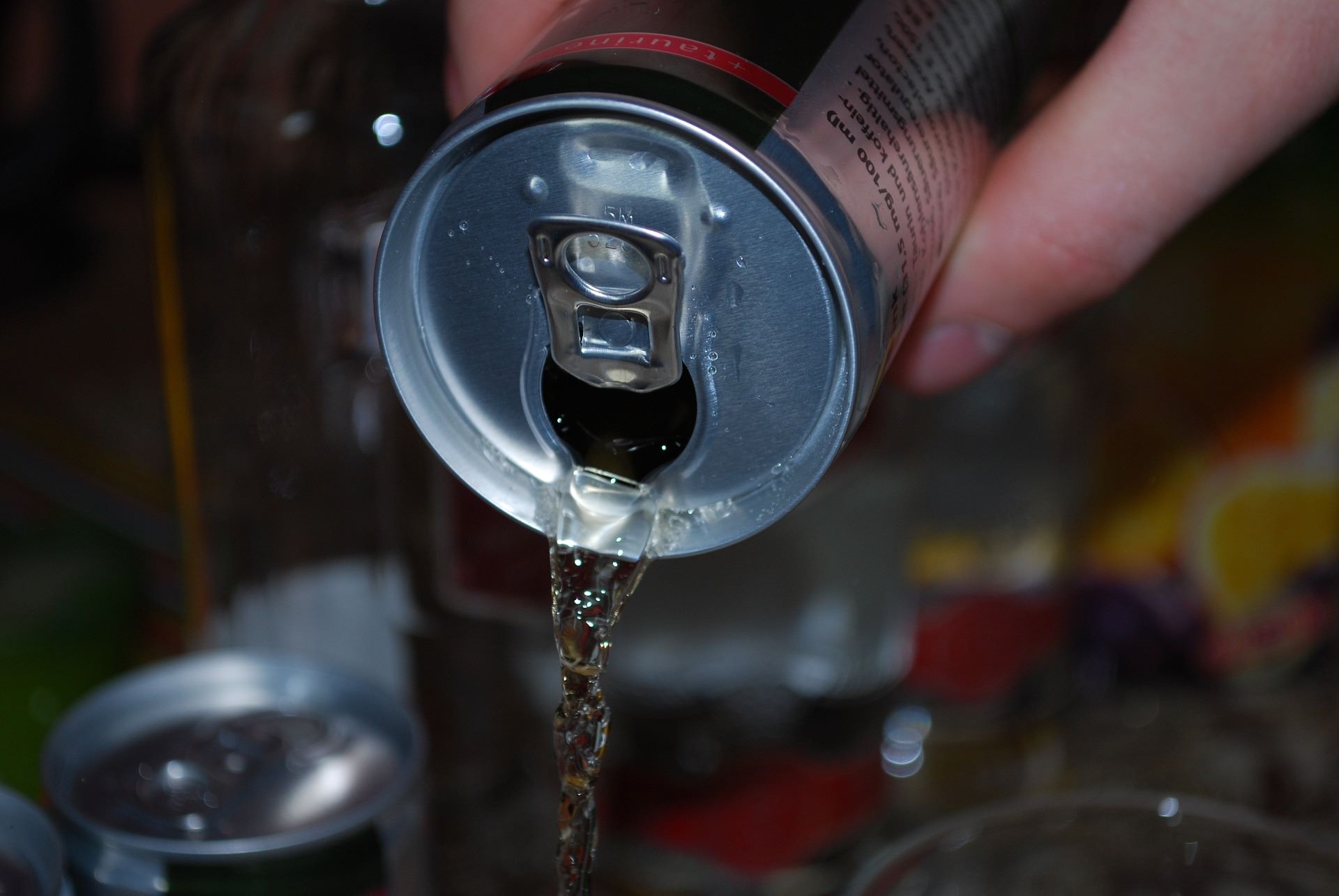
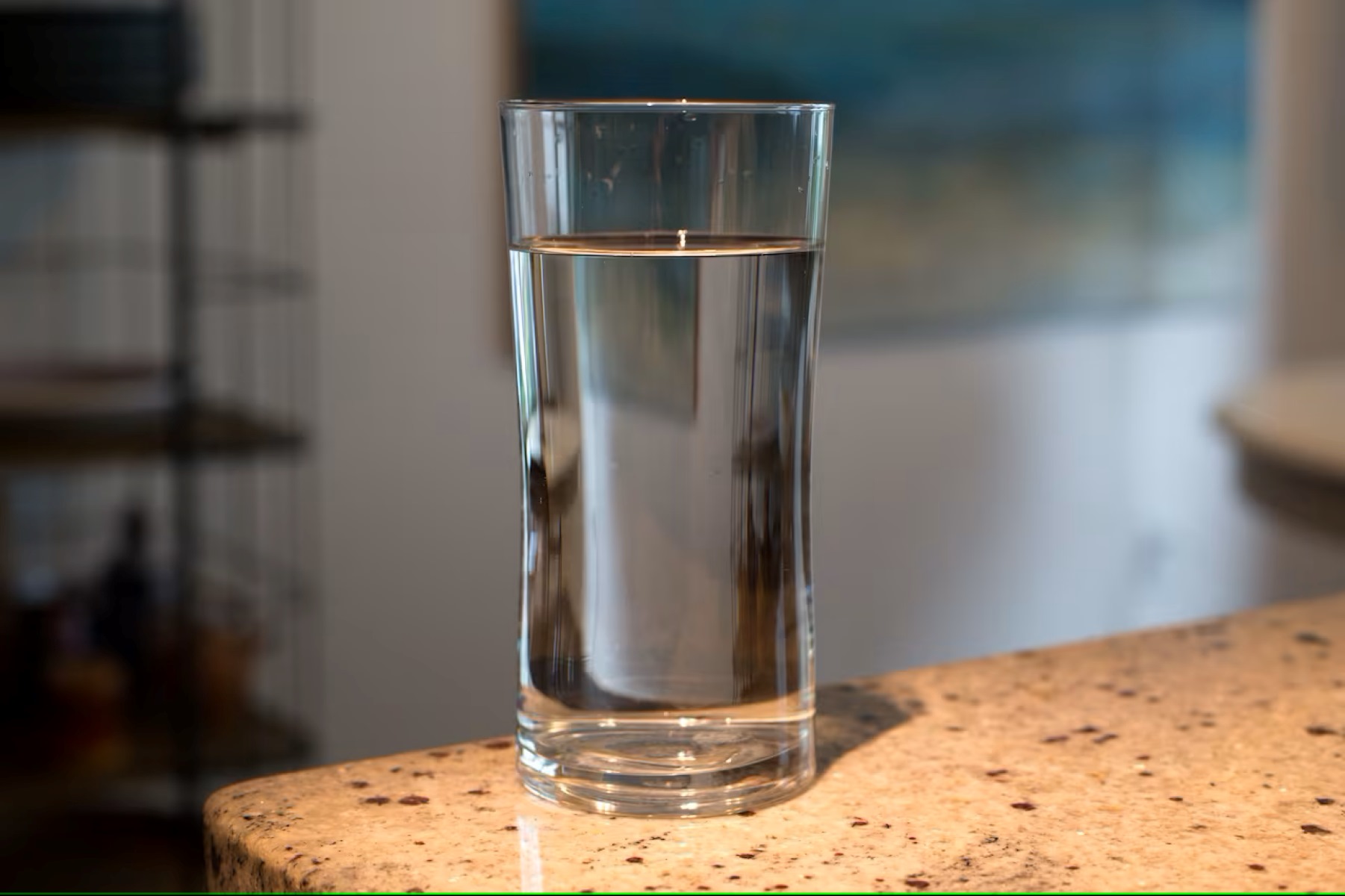
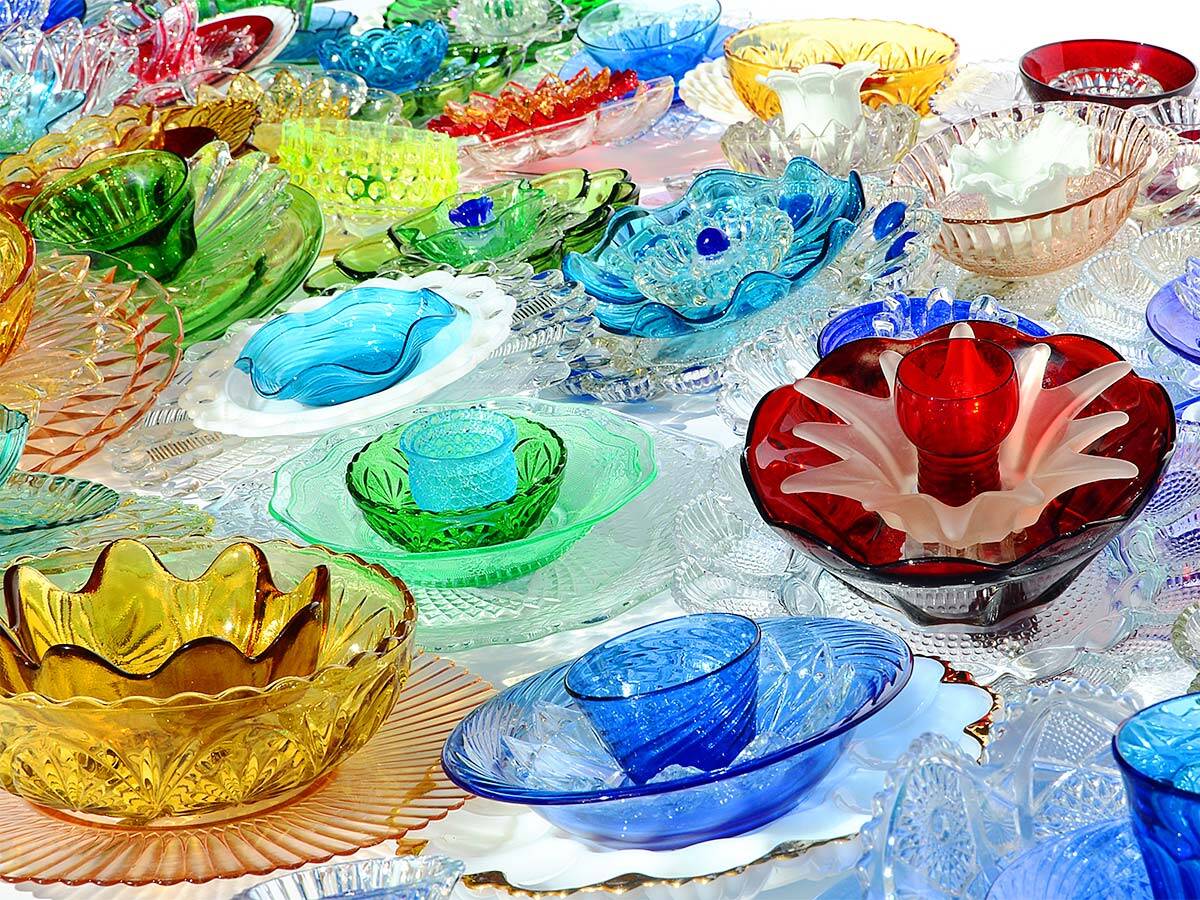
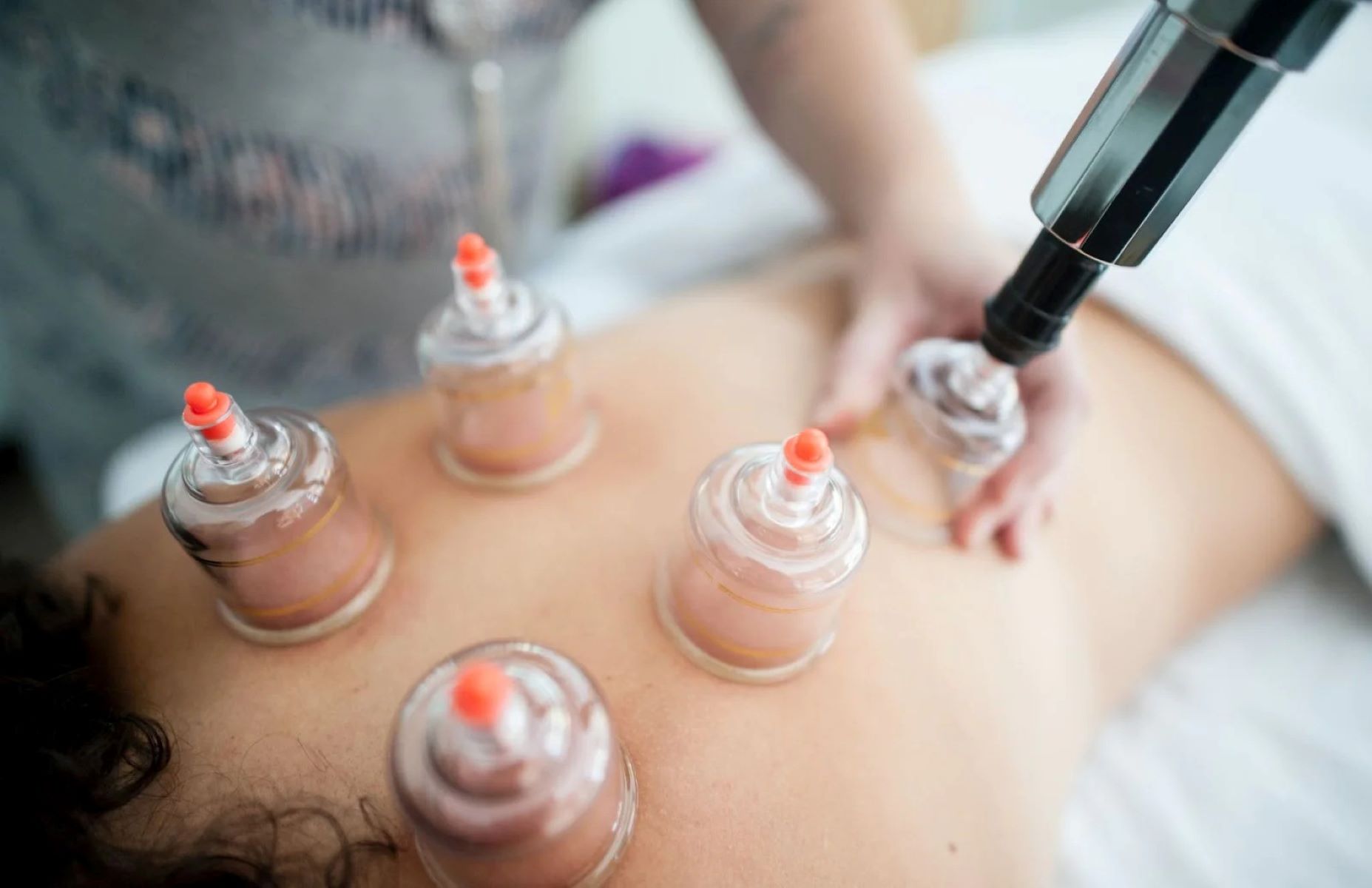
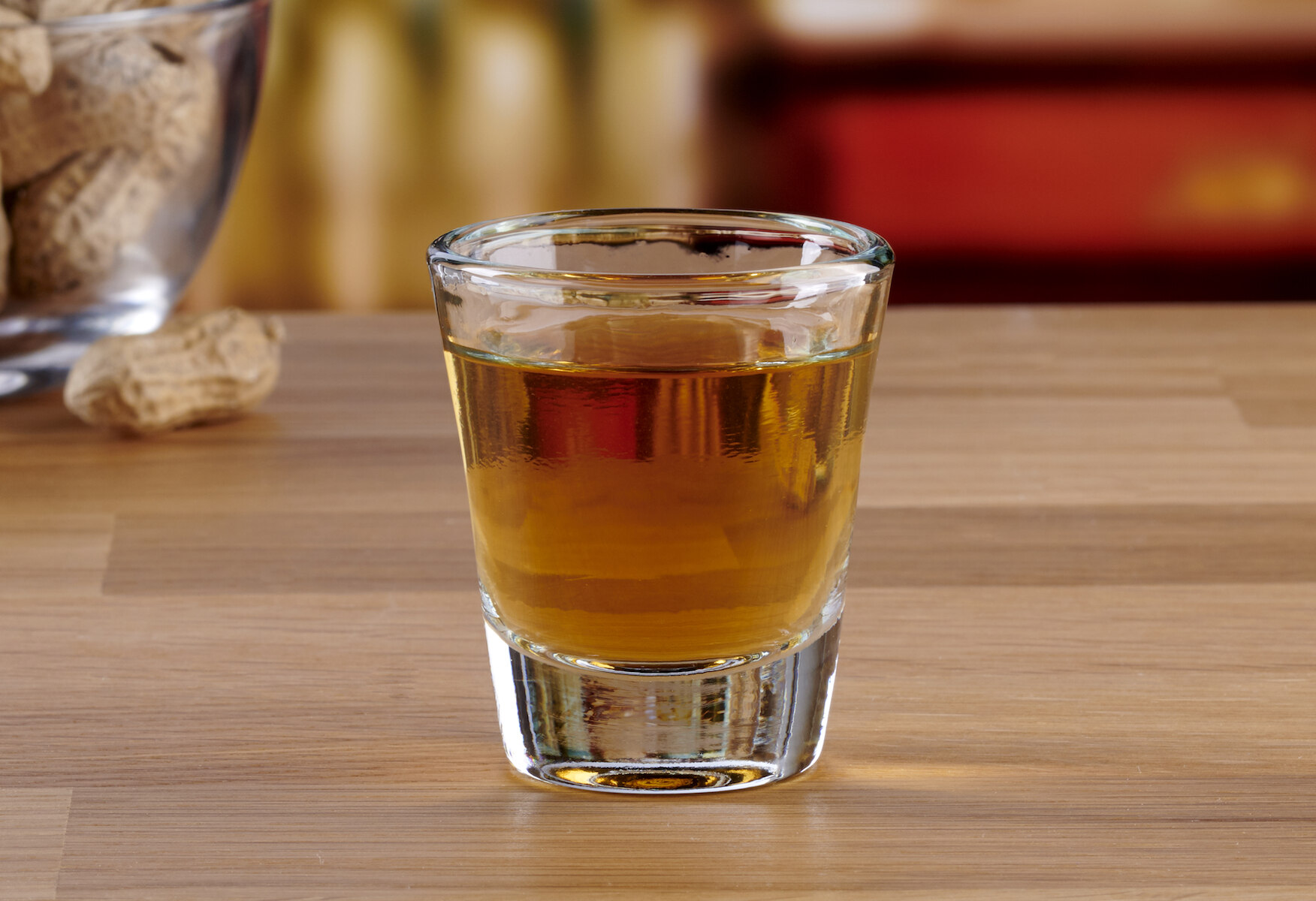
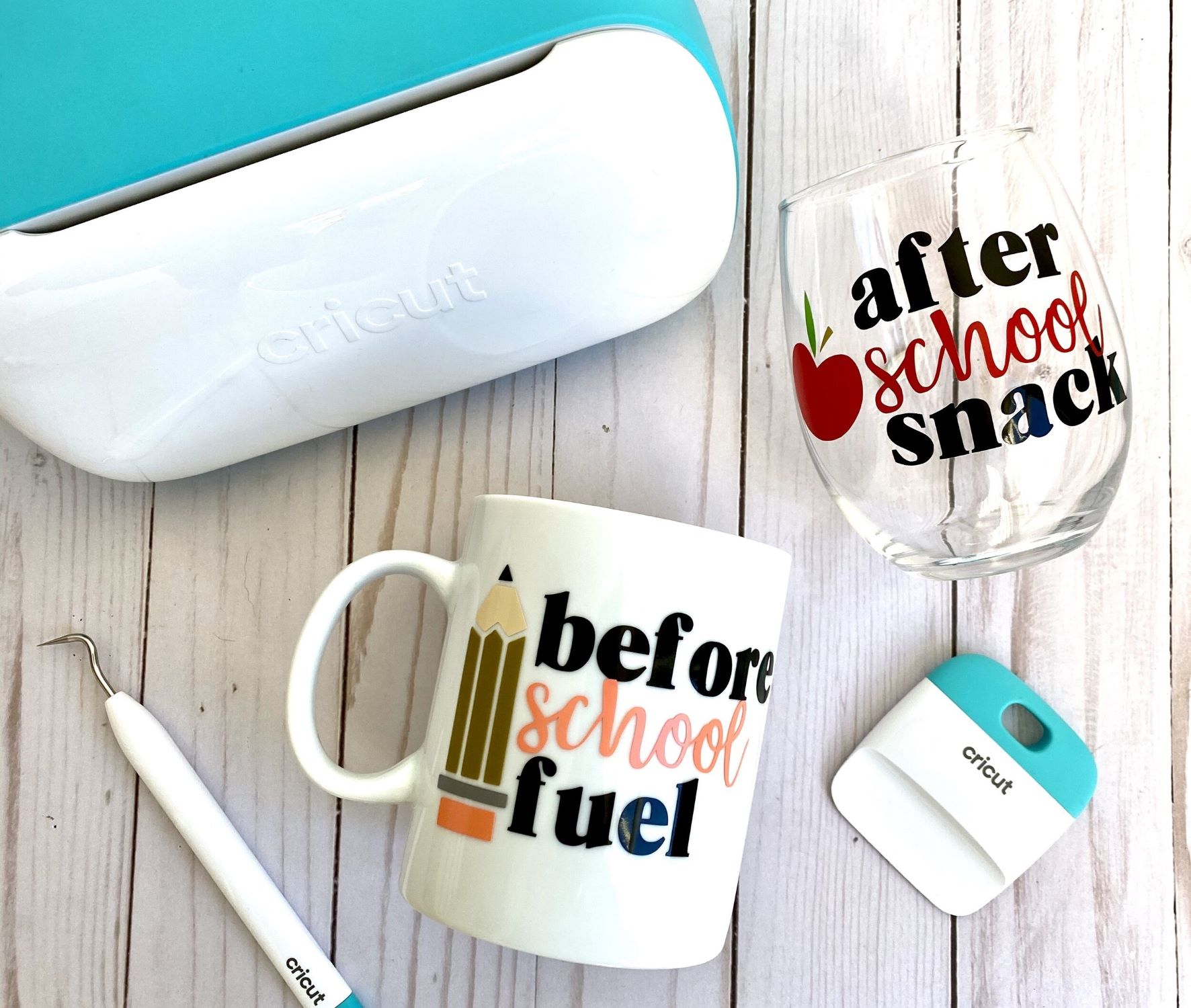
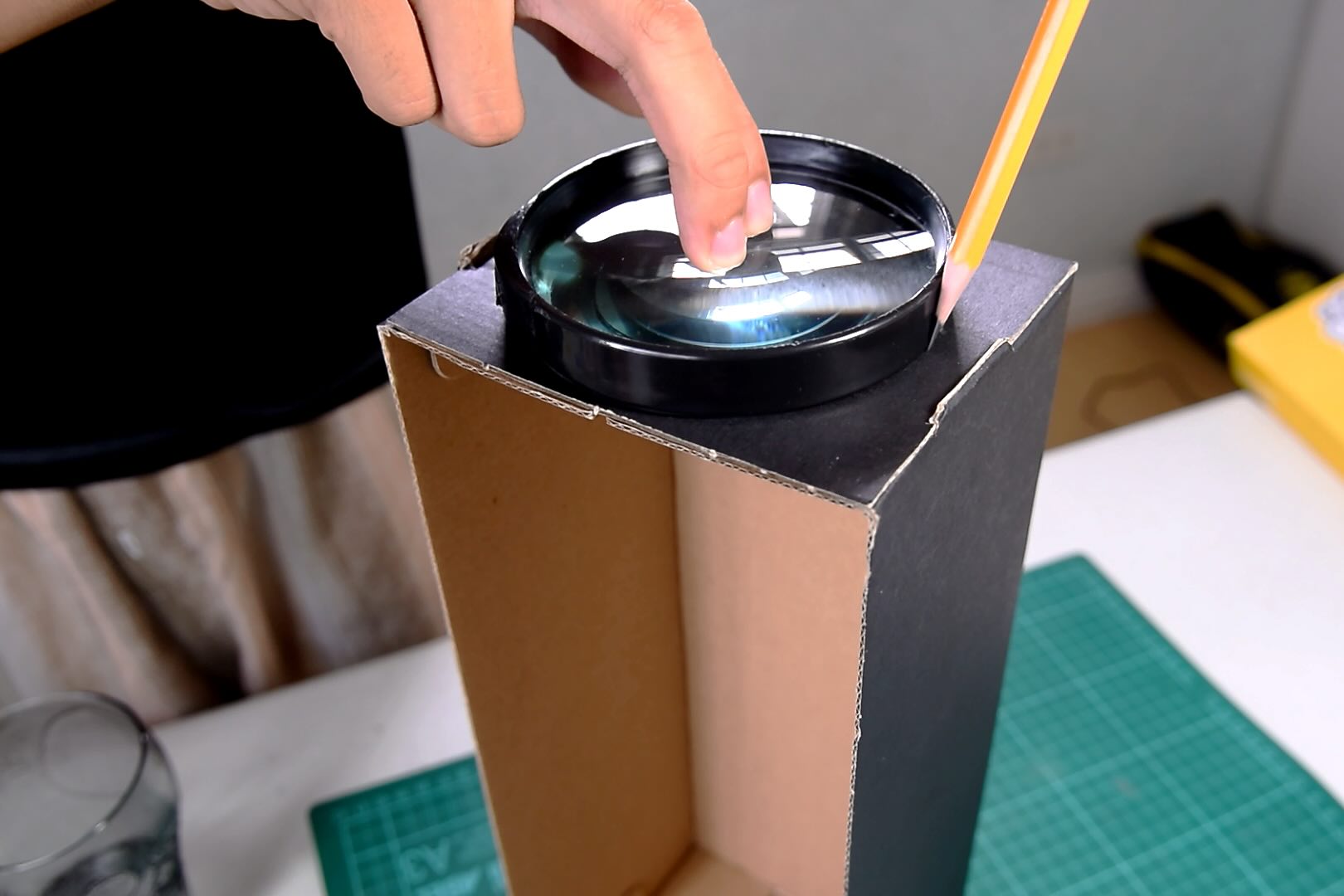

0 thoughts on “Classification Of Cups And Glasses Used For Drinking In Tableware”